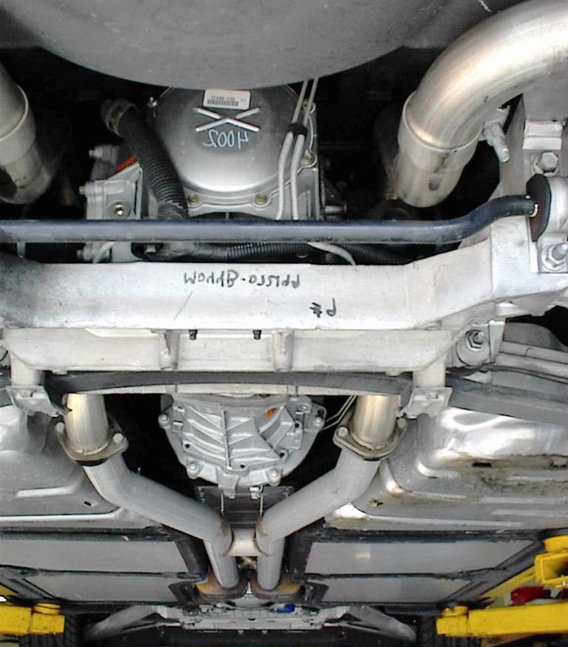Corvette: Why Won't My Car Go Into Gear?
Transmission problems can leave you stuck at home unable to drive your Corvette. The good news is that manual transmissions are fairly straightforward, and with moderate skill and tools most concerns can be diagnosed and repaired.
This article applies to the C5, C6 and C7 Corvette (1997-current).
An engine that makes as much power as a modern Corvette needs a reliable transmission behind it to transfer all that power to the wheels. When it comes to manual transmissions, they are fairly straightforward. Power is transferred from the engine through the clutch and sent through multiple gear assemblies. When a transmission issue is present, your car will be a pain to drive or possibly not drive at all. When it comes to finding out the cause of your "won't go into gear" problem, it can be as simple as a fluid issue or as complicated as an internal transmission problem. With these DIY instructions, you'll be able to narrow down the problem and avoid making a costly trip to the dealership for diagnosis and repair.
Step 1 – Are there any external issues?
Perform a visual inspection of all the transmission related components. Inspect the gear shift lever, shift linkage, clutch pedal, clutch fluid lines, clutch master cylinder and the transmission itself. If any obvious visual concerns are found, repair the issue and retest the transmission for proper operation. A gear engagement problem can be caused by damaged components or a fluid issue.

Step 2 – Does the clutch system need to be bled?
Inspect the clutch master cylinder fluid level and condition. If the fluid looks murky, dark or contaminated, the system may need to be flushed and bled. If the system is low on fluid, it should also be topped off and bled.

Figure 2. Clutch master cylinder location. 
Figure 3. Dirty clutch fluid.
Step 3 – Is there an issue with the clutch or pressure plate?
If no issues are found with the clutch fluid system, linkage or pedal, the issue may be internal. In this case it would be necessary to remove the transmission and clutch to inspect both the clutch and flywheel. Damage to the flywheel or clutch can cause a complete loss of gear engagement.

Step 4 – Are there issues with the gears or synchros?
If no obvious concerns are found with the clutch or flywheel, there may be an internal issue with the gears, shafts, synchros or bearings within the transmission. The transmission will have to be completely removed, partially disassembled and inspected to determine the root cause of the concern.

Pro Tip
Internal transmission work requires skill and special tools. It may be necessary to have this work done by a professional.
Related Discussions
- She Won't Go into Gear! - CorvetteForum.com
- Manual Transmission Won't Go into Gear When Cold- CorvetteForum.com
- Car Won't Go into Third Gear in Race Settings, but Will in Normal Driving?- CorvetteForum.com






